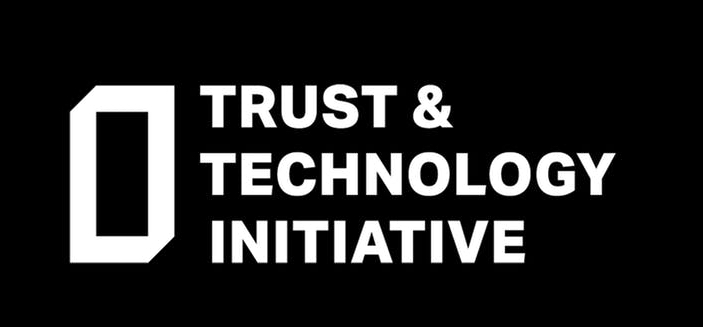Dr Ann Sofie Cloots, Faculty of Law
Central Bank Digital Currency and blockchain in times of COVID-19
Tech companies have caught many headlines recently. The COVID-19 pandemic has offered tech companies, much like pharma and banks, an opportunity to reset relations with governments and bolster their reputation as a force for good.
When the pandemic hit financial markets, crypto markets experienced their own Black Thursday, deflating hope that ‘digital gold’ Bitcoin would offer a safe haven in times of financial and social turmoil. One of the largest DeFi (Decentralized Finance) platforms, MakerDAO, discovered the hard way that its decentralized lending protocol did not function as anticipated in turbulent times. Emergency governance measures were adopted swiftly, but the harm was already done and some of the trust gone. One of Maker’s users filed a class-action lawsuit in the US, accusing it of insufficiently disclosing risks.
Not all is bleak for the crypto and blockchain community in these times of pandemic, however.
Central Bank Digital Currencies
Fear of COVID-19 contagion through bank notes and coins has accelerated a move away from cash to digital payments – a move that has also reinvigorated digital assets and reinforced discussions about Central Bank Digital Currencies (CBDC). It’s probably no coincidence that in the past two weeks we have seen new headlines about China’s much- anticipated CBDC, swiftly followed by a revised proposal for the Facebook-backed Libra (one supposed to overcome staunch opposition from governments worldwide). France issued a call for CBDC experiments and the Dutch Central Bank published its own thoughts on CBDC. Private and public stablecoin projects are vying for a first-mover-advantage, although many concerns remain about privacy, data protection and the use of CBDC as a surveillance tool.
Fear of coronavirus-contagion wasn’t the only reason why CBDC received more attention recently.
In the wake of the COVID-19 pandemic, many countries have swiftly approved emergency funding to businesses and families. However, the delivery of those funds has been marred with problems. In the US, for example, the government has relied on traditional banks to approve funding to businesses. Banks received a (quite generous) 1-5% fee for each loan approved and have been accused of funneling emergency funds to their preferred clients (including private equity-backed companies), rather than to small businesses most in need.
CBDC and other digital assets have been touted as a tool that could improve the delivery of government funds to those most in need. There have been proposals for ‘retail’ CBDC: each of us could hold an account with our central bank, which could deposit CBDC directly into our digital account in times of need. We would no longer need to rely on traditional commercial banks to approve paperwork for emergency funding – our central banks would automatically put emergency funds into our personal or commercial digital ‘wallet’.
Such proposals face their own challenges (such as the broader impact on commercial banking, hacking and surveillance concerns). We will need to think carefully about the design of such tools, especially because they are new and untested. However, they could increase trust and transparency in turbulent times, if well designed.
Blockchain and distributed ledgers
The pandemic has seen many countries struggle to obtain protective equipment for their health workers and the public. Even where masks and testing kits finally arrive, often they turn out to be inadequate. Fraudulent suppliers offered defective goods at extortionate prices to desperate governments and intermediaries.
Academics are studying how DLT can make medical supply chains more transparent. This can help governments or international health organizations to “more easily identify ‘choke points’ in medical supply chains and anticipate shortages,” UC San Diego’s adjunct-professor Mackey explained to Forbes.
Tracing testing kits, masks and medication throughout the supply chain using blockchain is probably not a priority in the midst of this pandemic. Nevertheless, we can learn from the difficulties experienced during this pandemic to improve resilience and trustworthiness of medical supply chains – and blockchain could be one tool in the toolbox.


